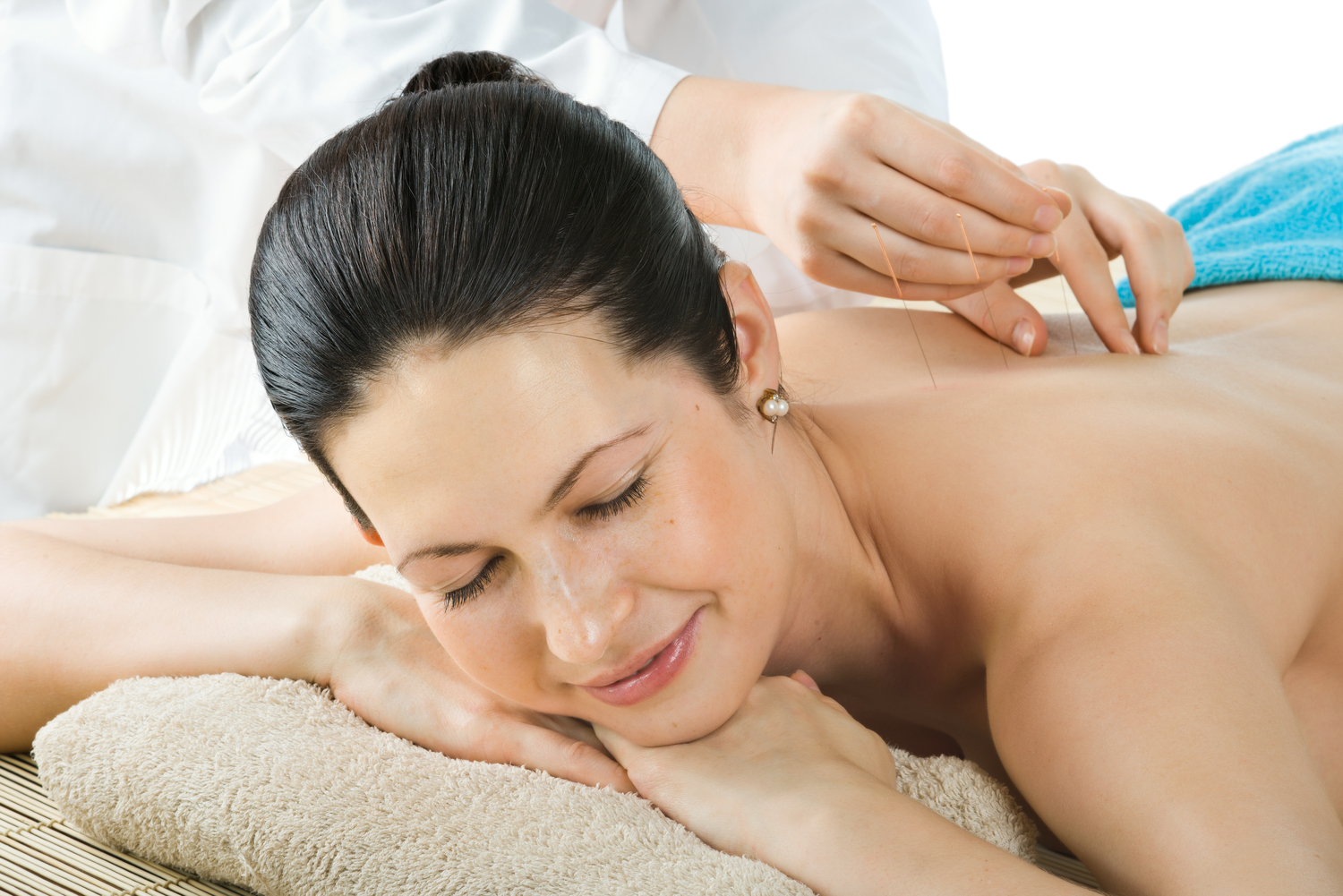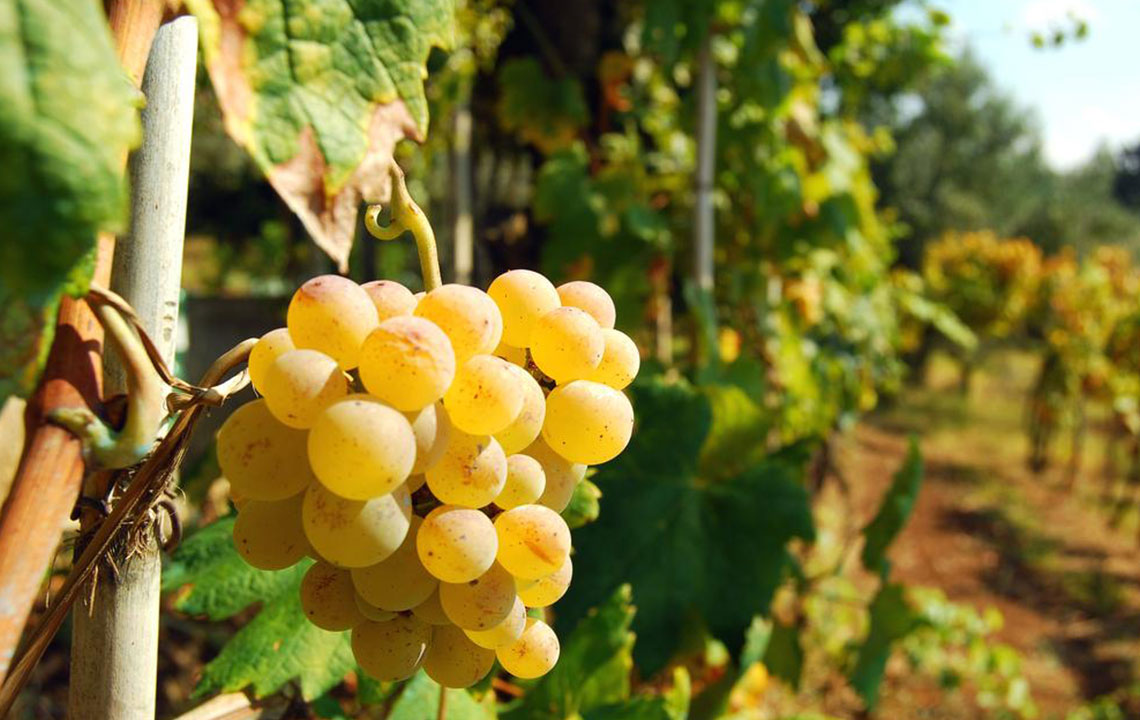Natural and Effective Strategies to Manage Overactive Bladder Symptoms
Discover effective natural strategies to manage overactive bladder symptoms. This comprehensive guide covers dietary tips, pelvic exercises, bladder retraining, herbal supplements, and alternative therapies to improve bladder control safely and effectively. Learn how lifestyle modifications can significantly reduce urgency, frequency, and incontinence to restore confidence and daily comfort.

Natural and Effective Strategies to Manage Overactive Bladder Symptoms
Overactive bladder (OAB) is a common condition that affects many individuals, especially as they age, along with women during pregnancy and postpartum periods. It can cause a sudden, urgent need to urinate, often accompanied by frequent urination and in some cases, urinary leakage. These symptoms can significantly impact daily life, disturb sleep patterns, and interfere with social activities. Fortunately, there are numerous natural approaches that individuals can adopt to manage symptoms effectively and improve overall quality of life. In this comprehensive guide, we explore proven natural strategies for controlling overactive bladder and enhancing bladder health.
Introduction to Overactive Bladder Understanding the nature of OAB is crucial. It is characterized by a sudden urge to urinate that can be difficult to control, often leading to involuntary leakage. While medical treatments are available, many prefer to explore natural remedies, especially those seeking to minimize medication use or side effects. Managing overactive bladder involves lifestyle modifications, exercises, dietary changes, and alternative therapies that aim to strengthen bladder control and reduce symptoms.
Dietary Adjustments for Better Bladder Control One of the most effective ways to manage overactive bladder naturally is through careful dietary planning. Certain foods and beverages are known to irritate the bladder lining, exacerbating urgency and frequency. To reduce symptoms, it’s essential to identify and avoid these triggers. Common bladder irritants include spicy dishes, foods high in acid like citrus fruits and tomato-based products, carbonated drinks, caffeinated beverages such as coffee and tea, chocolates, and foods containing artificial sweeteners. Keeping a food diary can help pinpoint personal triggers. Incorporating a bladder-friendly diet rich in gentle, non-irritating foods can significantly diminish symptoms.
Optimal Hydration for Bladder Health Staying well-hydrated is vital for maintaining a healthy bladder. Many people mistakenly limit their fluid intake to reduce urination, but dehydration can actually cause concentrated urine that irritates the bladder. Aim to drink about eight glasses of water daily, adjusting slightly based on activity level and climate. It’s also advisable to reduce fluid intake a few hours before bedtime to prevent nighttime bathroom visits, which can disrupt sleep and reduce overall restfulness. Proper hydration helps dilute urine, preventing irritation and infections while supporting bladder function.
Bladder Retraining Techniques Bladder retraining is a behavioral technique designed to increase the capacity of your bladder over time. It involves consciously delaying urination beyond the initial urge, gradually increasing the interval between bathroom visits. Start by delaying trips by 10 minutes, then extend this delay weekly as tolerated. This method helps retrain the bladder to hold more urine and reduces urgent sensations. Patience and consistency are key, as it may take several weeks before noticeable improvements occur. Tracking your progress with a journal can boost motivation and help tailor the program to your needs.
Kegel Exercises for Pelvic Floor Strengthening Strengthening the pelvic floor muscles is fundamental in managing overactive bladder. Kegel exercises involve contracting and relaxing the muscles that support the bladder, urethra, and rectum. Regular practice, ideally three times daily, can enhance muscle tone, improve bladder control, and reduce episodes of urgency and leakage. Proper technique is essential; contracting the muscles without tensing surrounding muscles like the thighs or buttocks yields the best results. Consulting with a pelvic floor physiotherapist can ensure correct execution of exercises and tailored guidance based on individual needs.
Maintaining a Healthy Body Weight Excess weight exerts additional pressure on the bladder and pelvic muscles, often worsening symptoms of overactive bladder. Adopting a balanced, nutrient-rich diet combined with regular physical activity can help achieve and maintain a healthy weight. Shedding extra pounds relieves pressure on the pelvic region, enhances muscle support, and can lead to significant symptom relief over time. It’s advisable to set realistic goals, seek professional guidance, and incorporate activities like walking, swimming, or yoga for sustainable weight management and overall health improvement.
Complementary Therapies: Acupuncture and Biofeedback Alternative therapies such as acupuncture and biofeedback have gained recognition for their potential in managing overactive bladder. Acupuncture involves inserting fine needles at specific points on the body to stimulate nerve pathways, which may help reduce urgency and frequency. Biofeedback provides real-time information about muscle activity, helping individuals increase awareness and control over their pelvic floor muscles. Both techniques are non-invasive and can be used alongside traditional approaches to enhance bladder control. Consulting trained practitioners ensures safe and effective application of these therapies.
Herbal and Nutritional Supplements for Bladder Support Certain herbs and nutritional supplements have long been used in traditional medicine to support bladder health. Gosha-jinki-gan, a traditional Japanese herbal formulation, is believed to improve bladder function and reduce urgency. Ganoderma mushroom, known for its immune-boosting properties, may also aid in managing symptoms. Corn silk, derived from maize, is used as a natural diuretic and to soothe the urinary tract. Additionally, pumpkin seeds contain zinc and other beneficial compounds that support bladder tissues. Ensuring adequate vitamin D and magnesium levels is important, as these nutrients contribute to muscle function and reduce inflammation, potentially alleviating OAB symptoms.
Physical Therapy and Lifestyle Modifications Engaging in guided pelvic floor physical therapy can strengthen the muscles that support bladder control, offering long-term benefits. A trained physical therapist can develop personalized exercises and biofeedback routines that enhance muscle coordination. Moreover, maintaining bowel health through high-fiber diets and regular activity prevents constipation, which can increase pressure on the bladder and worsen symptoms. Avoiding heavy lifting and managing stress through mindful practices like yoga or meditation can also positively impact bladder health. Overall lifestyle adjustments, including avoiding smoking and limiting alcohol, further contribute to bladder wellness.
Living with overactive bladder can be challenging, affecting emotional well-being and daily routines. However, by adopting these natural, holistic approaches, many individuals can experience significant symptom reduction. Combining dietary modifications, physical exercises, behavioral techniques, and alternative therapies creates a comprehensive strategy that promotes bladder health and enhances overall quality of life.





